Home>Gardening & Outdoor>Plant Care & Gardening Tips>What Ca Native Wildflower Do Hummingbirds Live
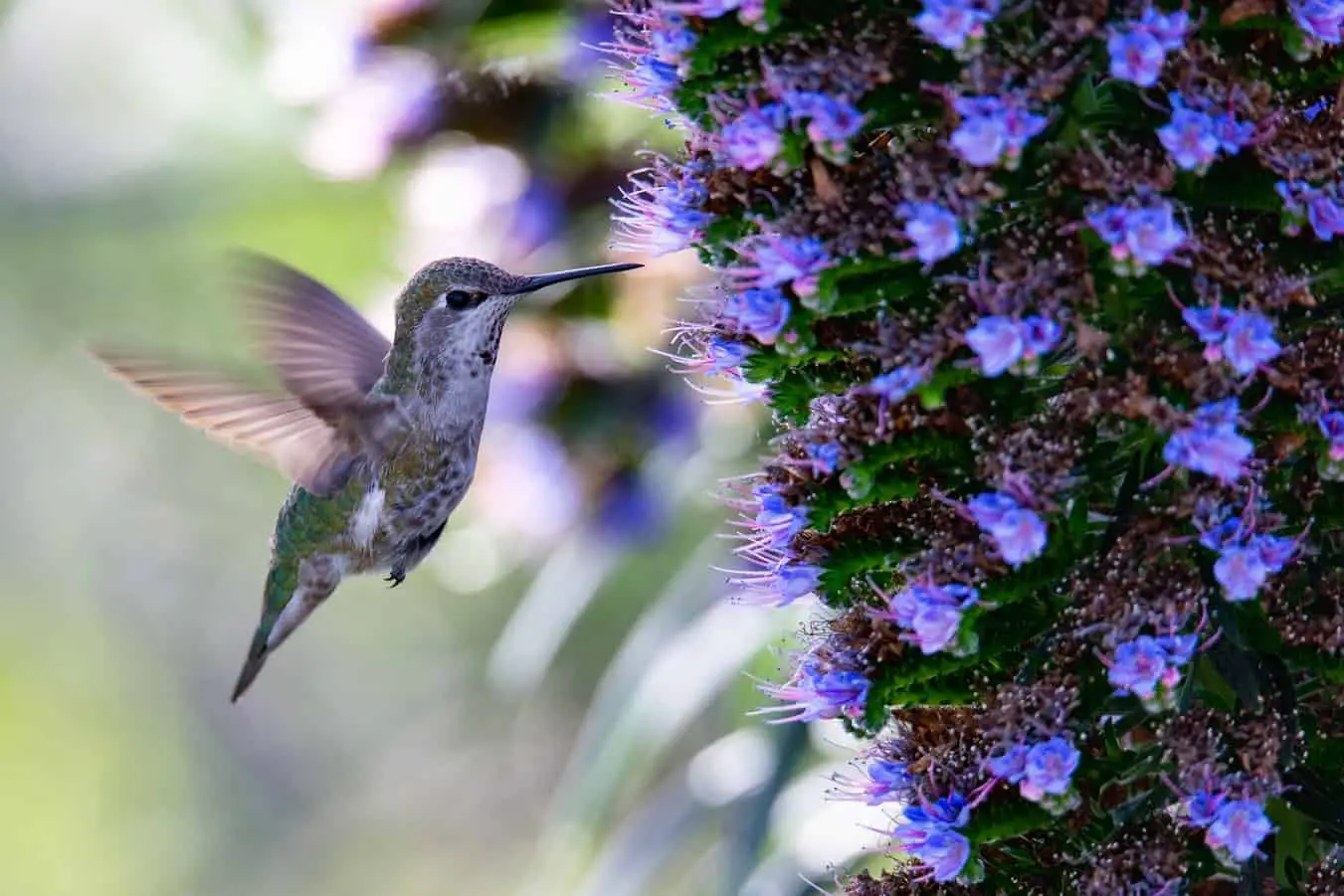

Plant Care & Gardening Tips
What Ca Native Wildflower Do Hummingbirds Live
Published: December 24, 2023
Discover plant care and gardening tips for California native wildflowers to attract hummingbirds. Learn how to create a hummingbird-friendly garden.
(Many of the links in this article redirect to a specific reviewed product. Your purchase of these products through affiliate links helps to generate commission for Storables.com, at no extra cost. Learn more)
Introduction
Welcome to the enchanting world of California native wildflowers and the delightful hummingbirds they attract. As a nature enthusiast, you may have marveled at the mesmerizing sight of hummingbirds flitting from flower to flower, their iridescent feathers glistening in the sunlight. These remarkable creatures are not only a joy to behold but also play a vital role in pollination, contributing to the health and diversity of our ecosystems.
In this article, we will explore the captivating relationship between California native wildflowers and hummingbirds. You will discover the intrinsic connection between these exquisite blooms and the tiny avian marvels that rely on them for sustenance. Furthermore, we will delve into the distinctive characteristics of California native wildflowers, highlighting their unique allure and ecological significance.
Prepare to embark on a journey through the vibrant tapestry of California's native flora, as we unveil the specific wildflowers that beckon hummingbirds with their nectar-rich blossoms. Additionally, we will provide valuable insights and practical tips for creating a welcoming habitat for hummingbirds in your own garden, allowing you to witness these aerial acrobats up close.
So, join us as we delve into the fascinating realm where native wildflowers and hummingbirds converge, offering a glimpse into the harmonious dance of nature's beauty and resilience.
Key Takeaways:
- California native wildflowers provide essential nectar for hummingbirds, supporting their survival and contributing to the conservation of native plant species and biodiversity.
- To attract hummingbirds to your garden, plant nectar-rich California native wildflowers, provide feeders and water sources, and embrace sustainable gardening practices.
Read more: How Do I Plant CA Wildflower Seeds
Importance of Native Wildflowers for Hummingbirds
Native wildflowers hold immense significance in providing a vital food source for hummingbirds, playing a pivotal role in supporting their survival and well-being. These vibrant blooms have coevolved with native pollinators, including hummingbirds, over centuries, resulting in a remarkable synergy that sustains both the flora and the fauna.
California native wildflowers, with their diverse array of shapes, colors, and nectar-rich blooms, serve as crucial foraging sites for hummingbirds, offering the sustenance necessary for their high-energy lifestyle. The nectar found within these flowers fuels the rapid metabolism of hummingbirds, providing them with the energy required for their astonishing aerial maneuvers and long migratory journeys.
Furthermore, native wildflowers contribute to the overall ecological balance by supporting a rich diversity of pollinators, including bees, butterflies, and other bird species. By cultivating native wildflowers, we not only cater to the specific dietary needs of hummingbirds but also foster a thriving ecosystem where various pollinators can thrive.
Moreover, the presence of native wildflowers in gardens and natural landscapes contributes to the conservation of native plant species and the preservation of biodiversity. By nurturing these indigenous blooms, we actively participate in the protection of natural habitats and the promotion of sustainable gardening practices, thereby safeguarding the intricate web of life that depends on these native flora.
Ultimately, the importance of native wildflowers for hummingbirds transcends the mere provision of sustenance; it embodies a profound interconnectedness between the floral landscape and the avian inhabitants. By recognizing and embracing this symbiotic relationship, we can cultivate environments that not only enthrall us with their beauty but also sustain the delicate balance of nature’s intricate tapestry.
Characteristics of California Native Wildflowers
California native wildflowers exhibit a remarkable diversity of characteristics, reflecting the state’s varied ecosystems and climatic regions. These resilient blooms have adapted to the unique environmental conditions of California, thriving in a spectrum of habitats, from coastal chaparral and grasslands to mountain meadows and desert landscapes.
One defining feature of California native wildflowers is their ability to endure and even thrive in the state’s Mediterranean climate, characterized by hot, dry summers and mild, wet winters. This resilience is evident in their diverse growth habits, which encompass annuals, perennials, biennials, and even woody shrubs, each with its own distinct life cycle and flowering patterns.
Moreover, the colors and shapes of California native wildflowers are as diverse as the landscapes they inhabit. From the iconic orange blossoms of California poppies (Eschscholzia californica) to the delicate clusters of purple lupines (Lupinus spp.) and the vibrant blooms of hummingbird sage (Salvia spathacea), these wildflowers paint the Californian terrain with a kaleidoscope of hues, attracting a myriad of pollinators, including the beloved hummingbirds.
Beyond their visual allure, California native wildflowers have evolved intricate relationships with native pollinators, including hummingbirds, by producing nectar-rich blossoms ideally suited for their foraging needs. These blooms often feature tubular or trumpet-shaped flowers, perfectly adapted to accommodate the long, slender bills of hummingbirds, allowing them to access the precious nectar concealed within.
Furthermore, many California native wildflowers boast aromatic foliage and flowers, emitting fragrances that add an olfactory dimension to their allure. The aromatic compounds produced by these plants not only attract pollinators but also contribute to the sensory tapestry of California’s natural landscapes, enriching the overall experience of encountering these captivating wildflowers.
As stewards of California’s rich botanical heritage, we have the privilege of cultivating and preserving these native wildflowers, celebrating their resilience, diversity, and intrinsic value in sustaining the delicate balance of our ecosystems.
Plant California native wildflowers such as California fuchsia, hummingbird sage, and scarlet bugler to attract hummingbirds to your garden. These flowers provide nectar and are well-suited to the hummingbird’s natural habitat.
Specific California Native Wildflowers that Attract Hummingbirds
California’s diverse native flora offers a treasure trove of wildflowers that entice and nourish hummingbirds with their nectar-rich blooms. These exquisite blossoms, each with its unique allure, form an integral part of the hummingbird’s foraging landscape, providing sustenance and beauty in equal measure.
The California poppy (Eschscholzia californica), with its resplendent orange petals and fern-like foliage, stands as an iconic emblem of the state’s floral heritage. This beloved wildflower not only graces the landscape with its vibrant blooms but also beckons hummingbirds with its abundant nectar, making it a favored foraging site for these aerial acrobats.
Lupines (Lupinus spp.), with their showy, upright clusters of flowers in an array of colors, including shades of blue, purple, and pink, captivate the eye and the palate of hummingbirds. These perennial wildflowers, often found in open meadows and along hillsides, provide an essential source of nectar for hummingbirds, enriching the tapestry of California’s native flora.
The striking blossoms of the hummingbird sage (Salvia spathacea) hold a special allure for their namesake avian visitors. This perennial wildflower, with its showy, tubular flowers in shades of pink to magenta, has evolved to attract hummingbirds with its copious nectar reserves, creating a delightful spectacle as these tiny birds flit among its blossoms.
Another enchanting addition to the hummingbird’s floral buffet is the California fuchsia (Epilobium canum), also known as zauschneria. This drought-tolerant perennial boasts slender, tubular flowers in shades of red, orange, and pink, which are perfectly suited to the feeding preferences of hummingbirds, making it a sought-after bloom in gardens designed to attract these avian jewels.
The elegant blooms of the monkeyflower (Mimulus spp.) further enrich the palette of California’s native wildflowers, offering a diverse range of colors, from golden yellows to deep reds. These tubular flowers, often adorned with intricate patterns and markings, serve as an irresistible draw for hummingbirds, ensuring a steady supply of nectar throughout the blooming season.
By incorporating these and other native wildflowers into our gardens and natural landscapes, we not only create visually stunning and ecologically vibrant habitats but also foster a deeper connection with the intricate tapestry of nature, where hummingbirds and native blooms intertwine in a harmonious dance of beauty and sustenance.
Tips for Attracting Hummingbirds to Your Garden
Creating a welcoming habitat for hummingbirds in your garden is a rewarding endeavor that allows you to witness the enchanting presence of these aerial wonders up close. By incorporating specific elements and practices, you can enhance your garden’s appeal to hummingbirds, providing them with a nurturing environment while adding a touch of natural splendor to your outdoor space.
- Plant Native Wildflowers: Incorporate a diverse selection of California native wildflowers known to attract hummingbirds, such as California poppies, lupines, hummingbird sage, California fuchsia, and monkeyflowers. These nectar-rich blooms serve as essential food sources for hummingbirds, ensuring a sustainable supply of nourishment throughout the seasons.
- Provide Hummingbird Feeders: Supplement the natural nectar sources in your garden by hanging hummingbird feeders filled with a sugar-water solution. Opt for feeders with vibrant red accents to catch the attention of hummingbirds, and ensure regular cleaning and refilling to maintain a hygienic feeding station.
- Create Shelter and Perches: Integrate shrubs, trees, and trellises into your garden to offer shelter and perching spots for hummingbirds. These features provide resting areas and safe vantage points for these tiny avian visitors, allowing them to survey their surroundings and take respite between feeding sessions.
- Embrace Diversity in Plantings: Cultivate a diverse array of flowering plants, including those with varying bloom shapes, colors, and flowering periods. By creating a mosaic of floral offerings, you can cater to the nuanced preferences of different hummingbird species and ensure a continuous supply of nectar-rich blossoms.
- Practice Sustainable Gardening: Minimize or eliminate the use of pesticides and herbicides in your garden to maintain a healthy environment for hummingbirds and other pollinators. Embrace organic gardening practices and prioritize the conservation of native plant species to support a thriving ecosystem.
- Provide Water Sources: Install a shallow birdbath or a small water feature with a gentle trickle to offer hummingbirds a refreshing source of water for drinking and bathing. Keep the water clean and shallow to accommodate their small size and ensure their safety while enjoying this essential resource.
- Observe and Document: Dedicate time to observe the behaviors of hummingbirds in your garden, noting their preferred flowers, feeding patterns, and interactions with other wildlife. Documenting these observations can provide valuable insights for refining your garden’s design and enhancing its appeal to these delightful avian visitors.
By implementing these tips and embracing a nurturing approach to garden stewardship, you can transform your outdoor space into a haven for hummingbirds, fostering a harmonious coexistence between these remarkable creatures and the captivating beauty of California’s native flora.
Conclusion
As we conclude our exploration of the captivating relationship between California native wildflowers and hummingbirds, we are reminded of the profound interconnectedness that defines the natural world. The vibrant tapestry of native flora, with its diverse array of colors, shapes, and fragrances, serves as an essential sustenance for the mesmerizing aerial dancers we know as hummingbirds.
By embracing the inherent beauty and ecological significance of California native wildflowers, we not only enrich our surroundings with their enchanting presence but also contribute to the preservation of biodiversity and the conservation of native plant species. Through our collective efforts to cultivate and protect these indigenous blooms, we partake in a timeless legacy of stewardship, safeguarding the delicate balance of our ecosystems for generations to come.
Furthermore, the allure of hummingbirds, with their iridescent plumage and agile flight, serves as a poignant reminder of the resilience and grace inherent in the natural world. Their reliance on the nectar of native wildflowers underscores the intricate web of life, where each species plays a vital role in sustaining the other, resulting in a harmonious coexistence that inspires wonder and reverence.
As we tend to our gardens, incorporating nectar-rich blooms and creating nurturing habitats for hummingbirds, we become custodians of a living tapestry that transcends mere aesthetics. We become active participants in a symphony of life, where the delicate hum of a hummingbird’s wings resonates with the vibrant hues of native wildflowers, weaving a narrative of resilience, adaptation, and interconnectedness.
In this shared journey of discovery and appreciation, may we continue to cherish and protect the intricate dance of nature, where California’s native wildflowers and hummingbirds converge, offering a glimpse into the timeless rhythms of the natural world.
So, let us nurture our gardens, cultivate our connection to the land, and revel in the enchanting presence of hummingbirds among the bountiful blooms of California’s native wildflowers, for in this harmonious coexistence, we find the essence of our shared ecological heritage.
Frequently Asked Questions about What Ca Native Wildflower Do Hummingbirds Live
Was this page helpful?
At Storables.com, we guarantee accurate and reliable information. Our content, validated by Expert Board Contributors, is crafted following stringent Editorial Policies. We're committed to providing you with well-researched, expert-backed insights for all your informational needs.
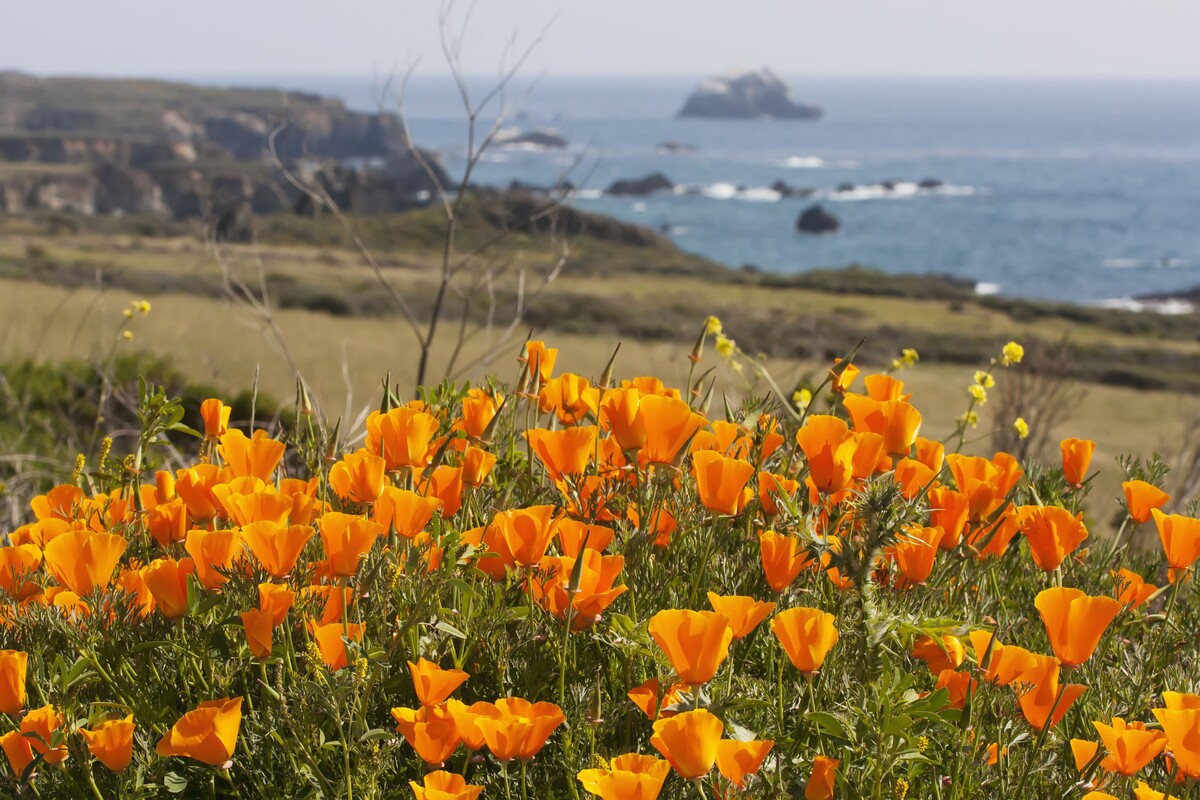
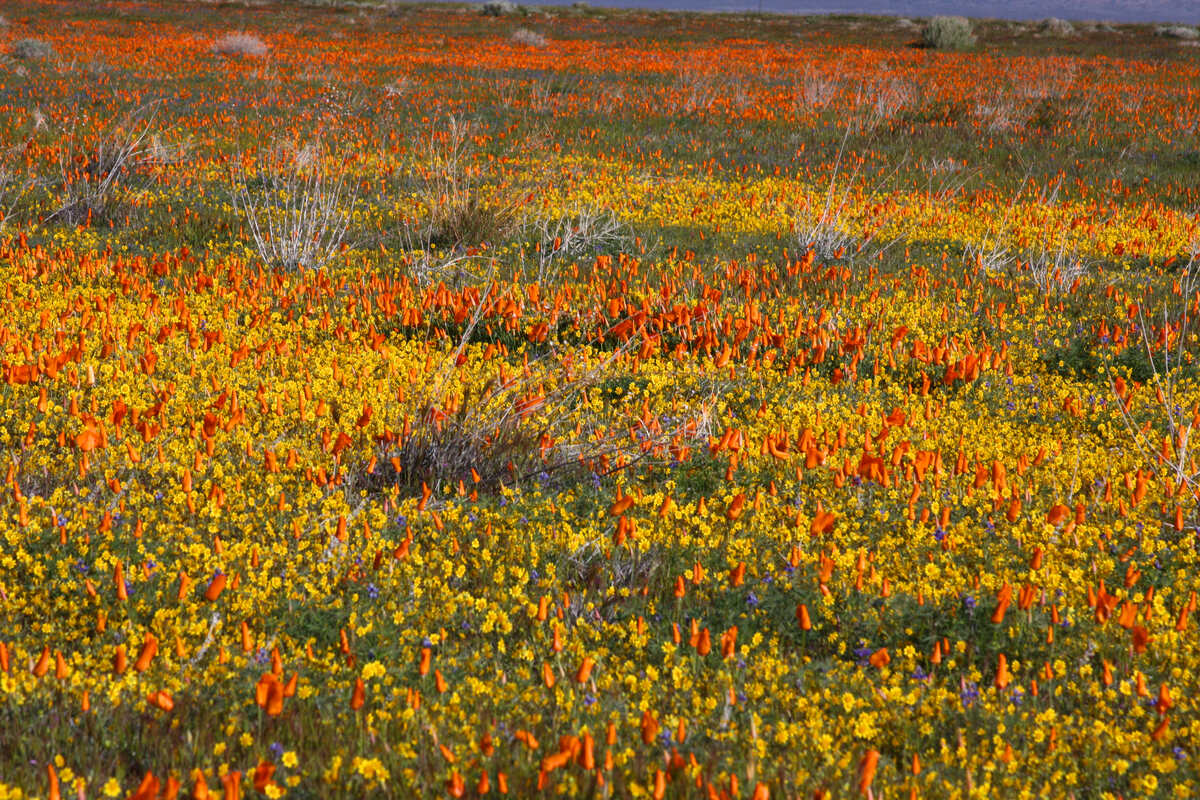
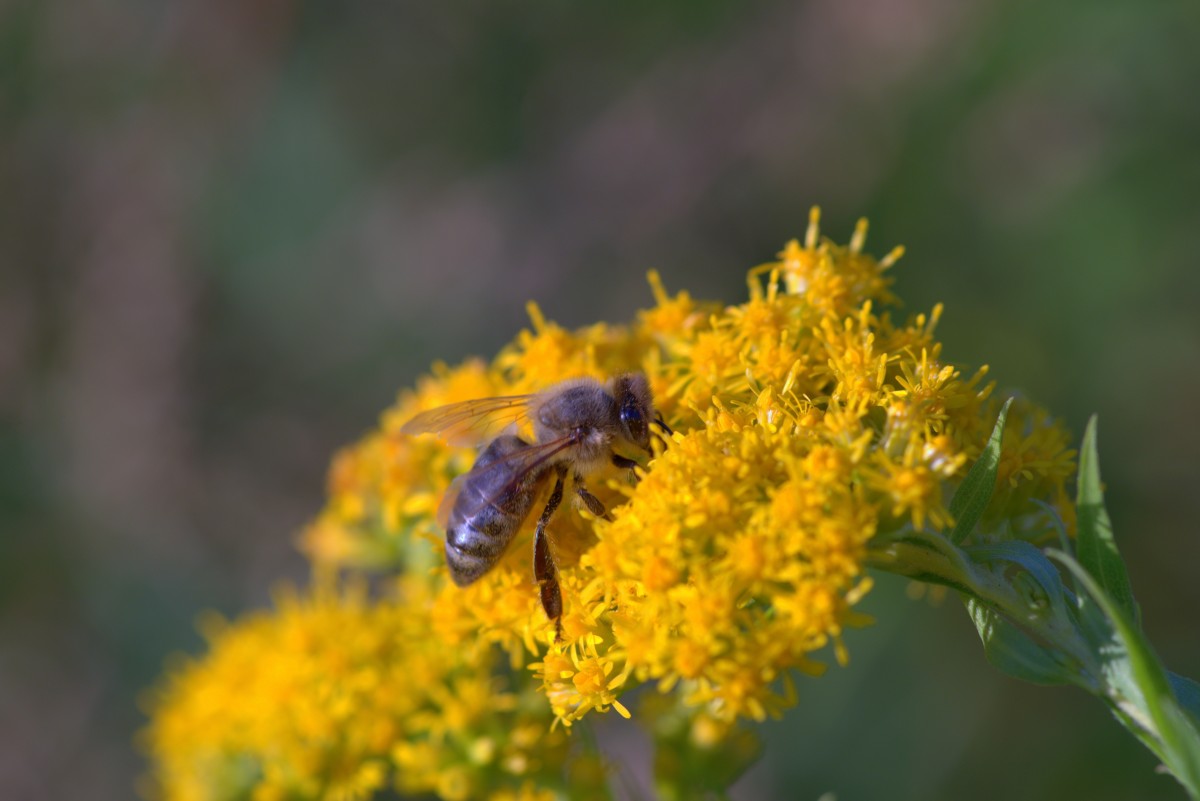
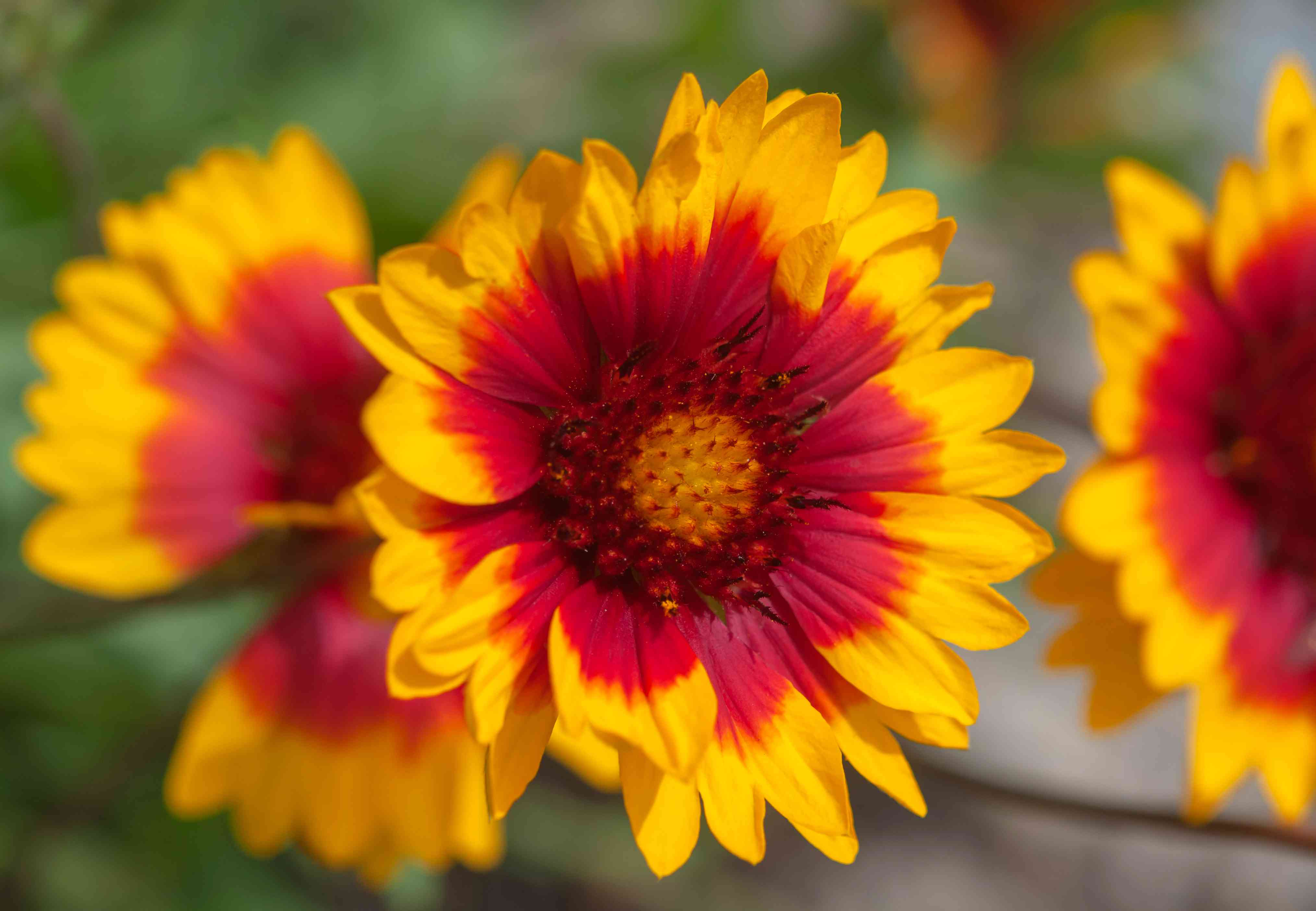
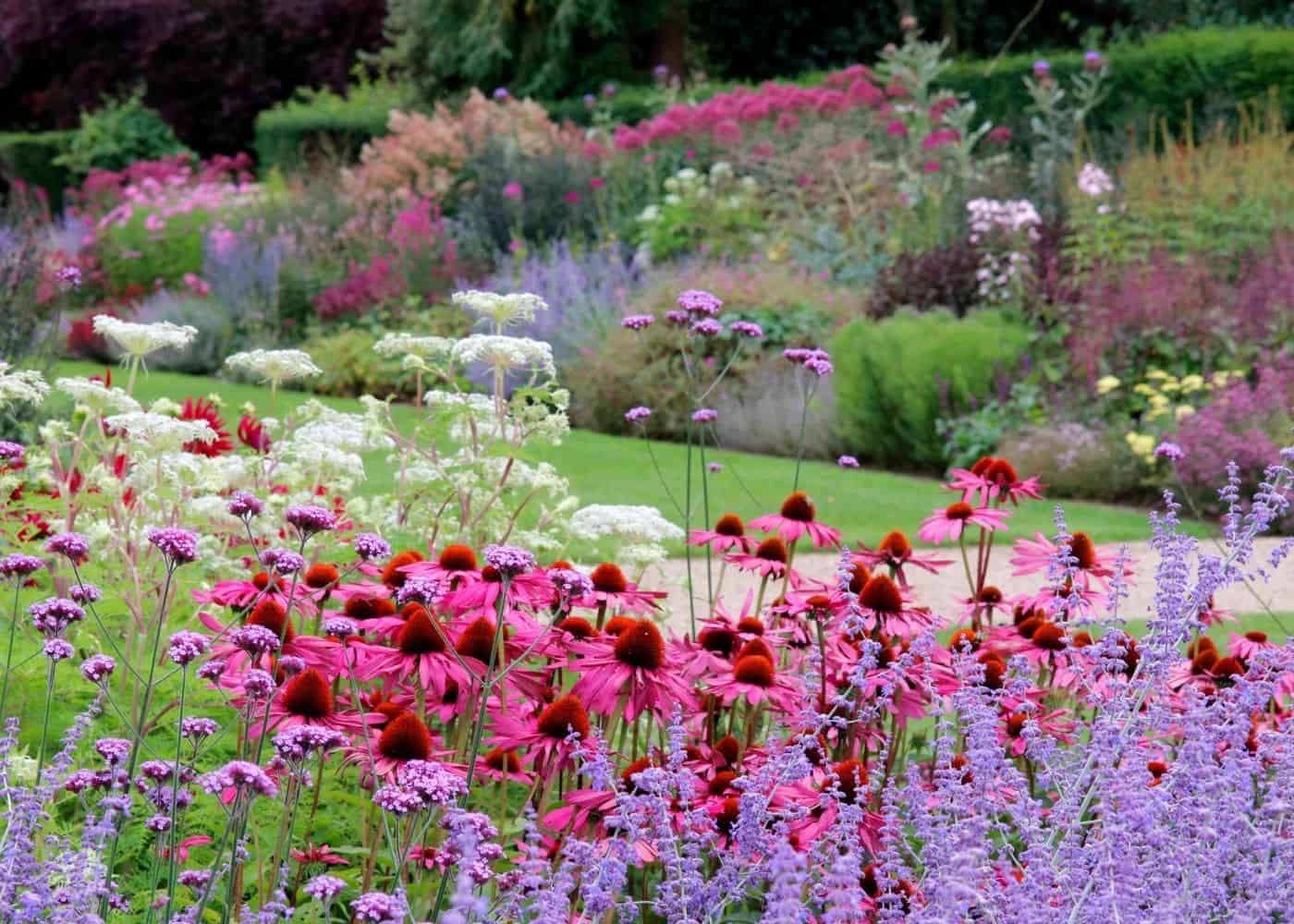



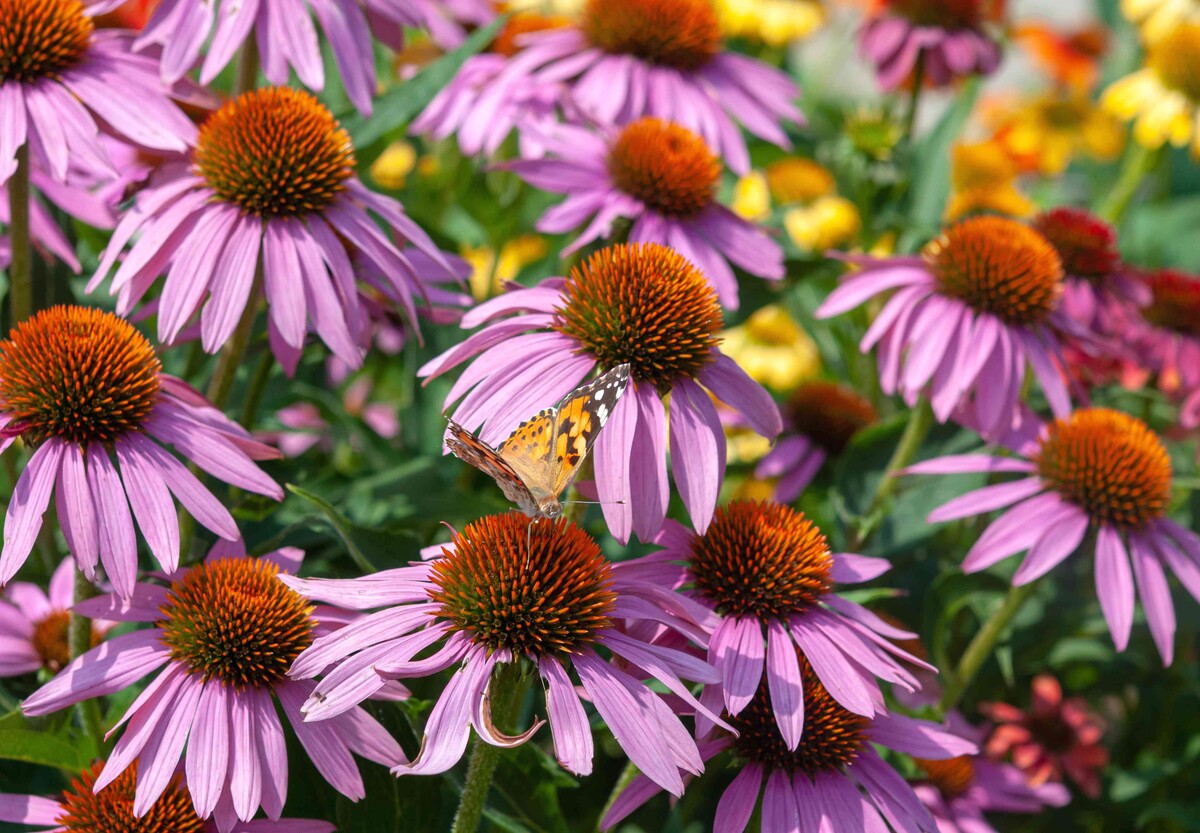
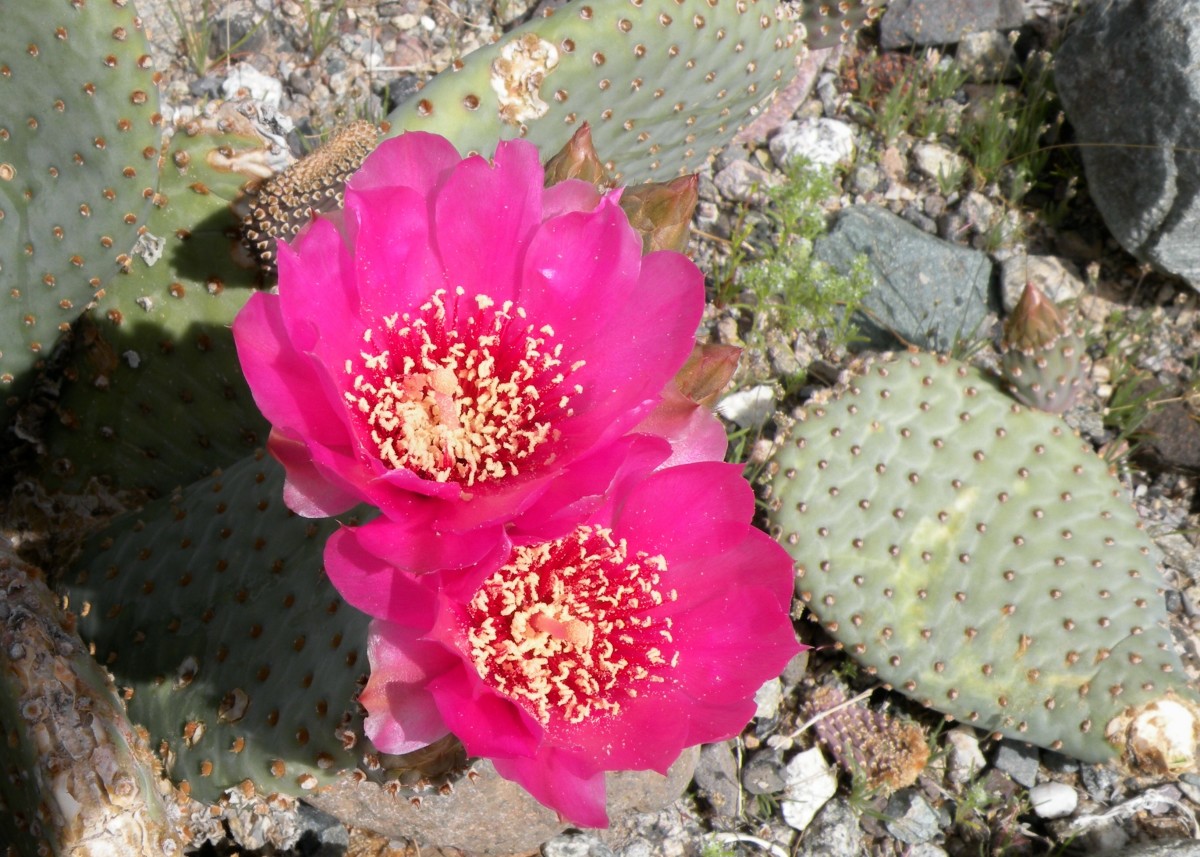
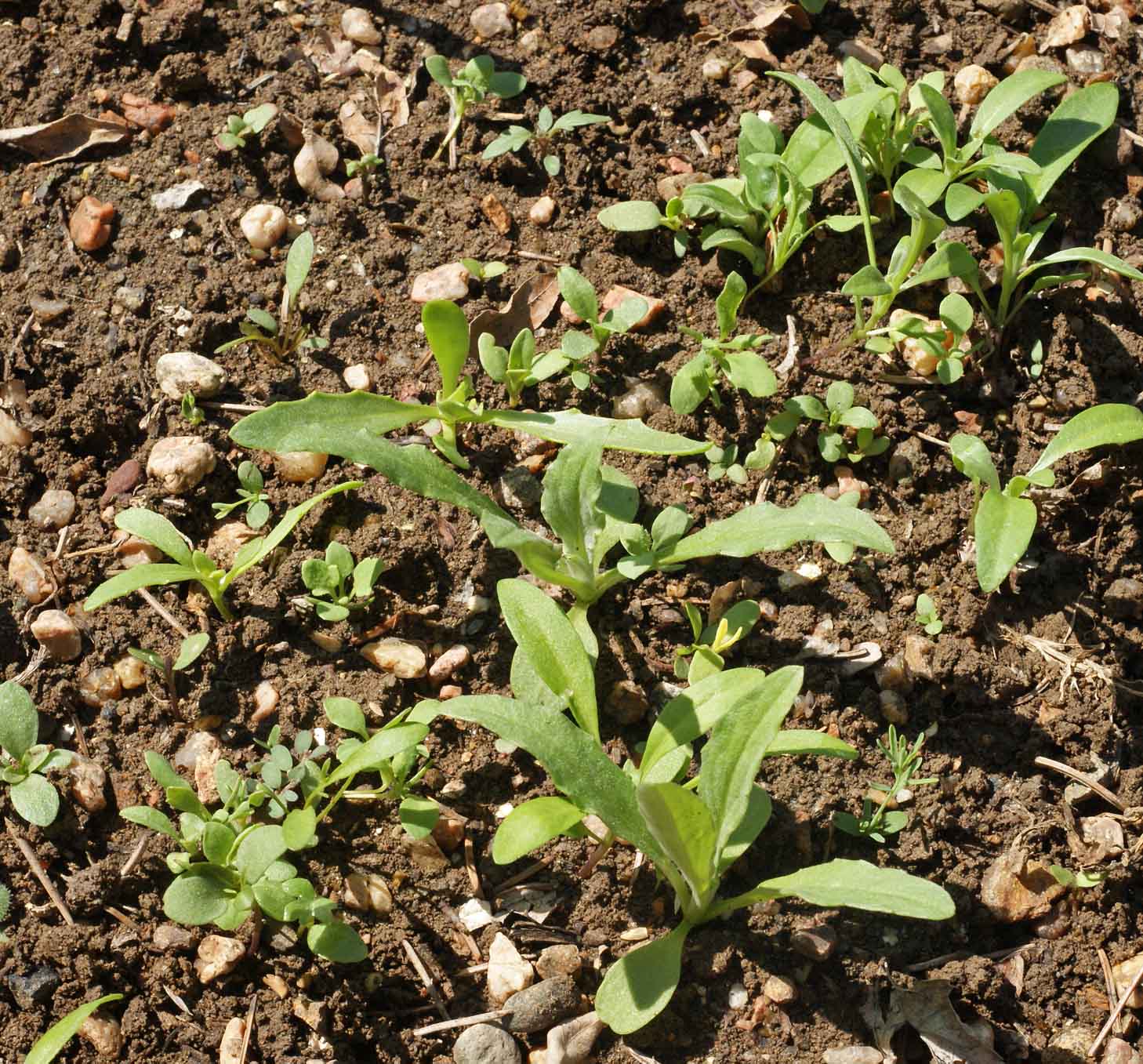
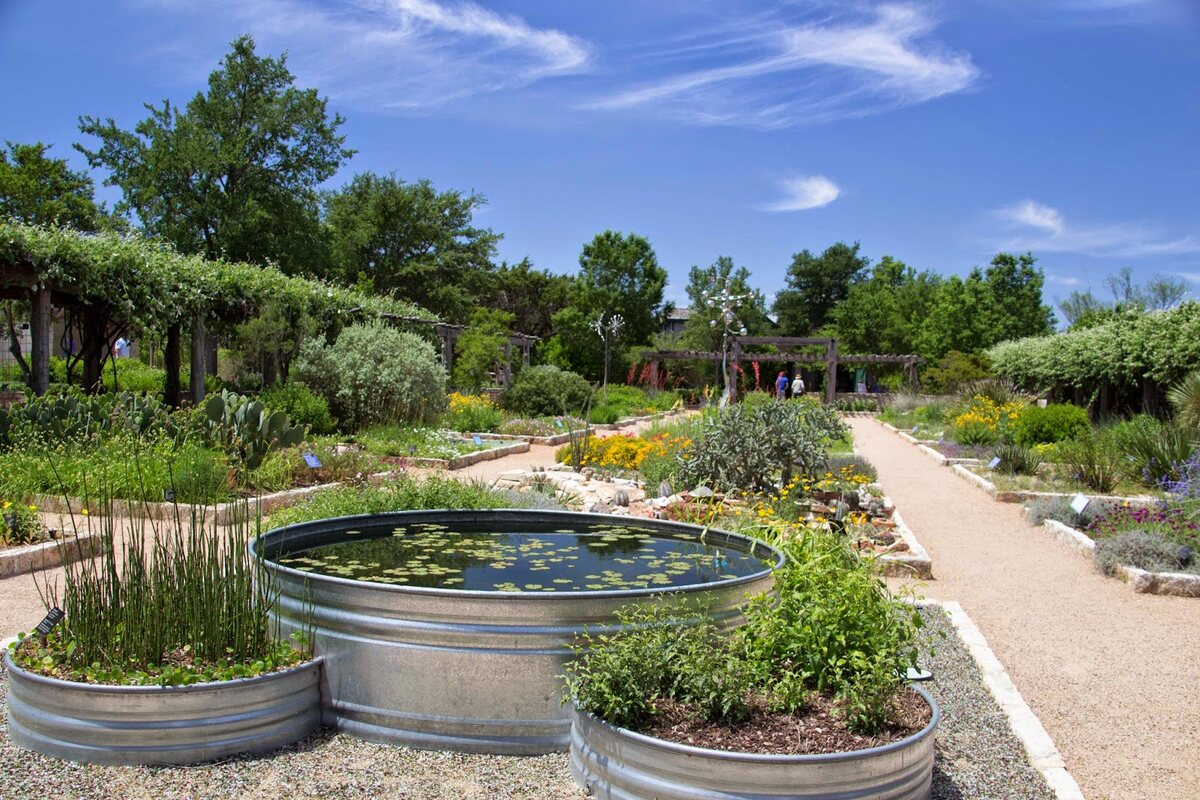
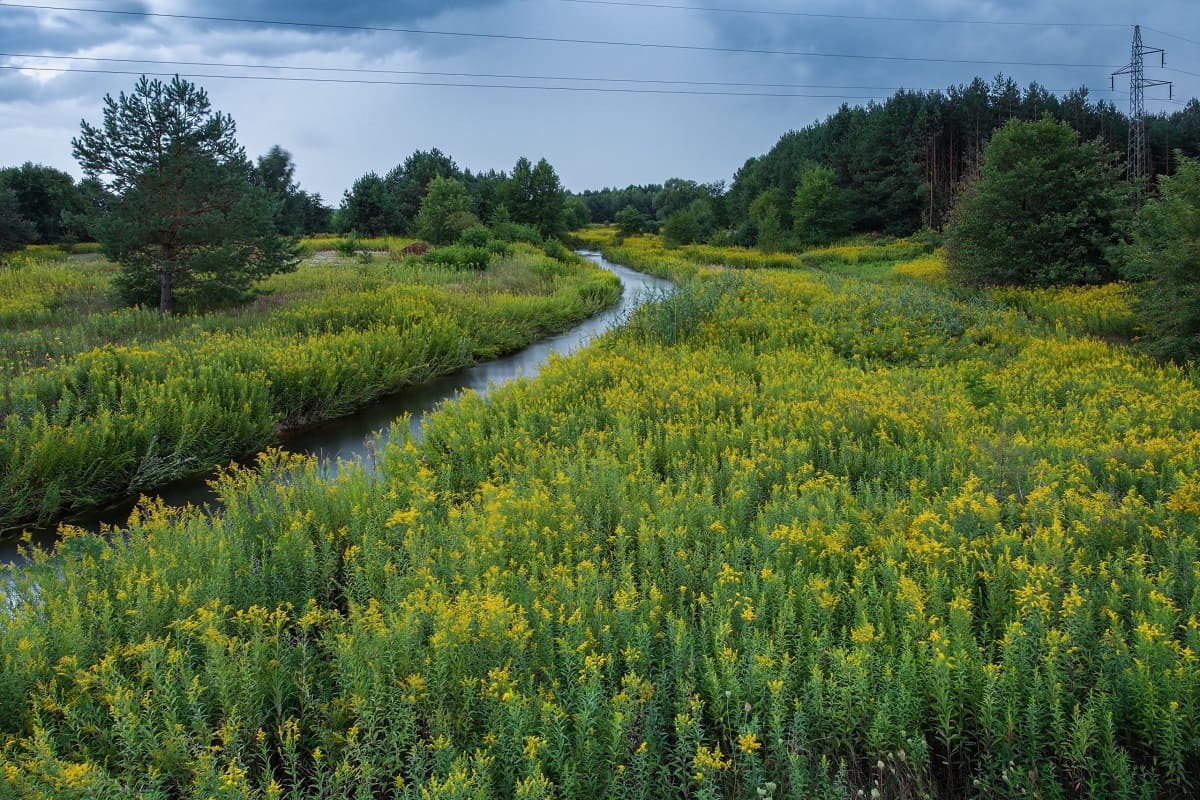
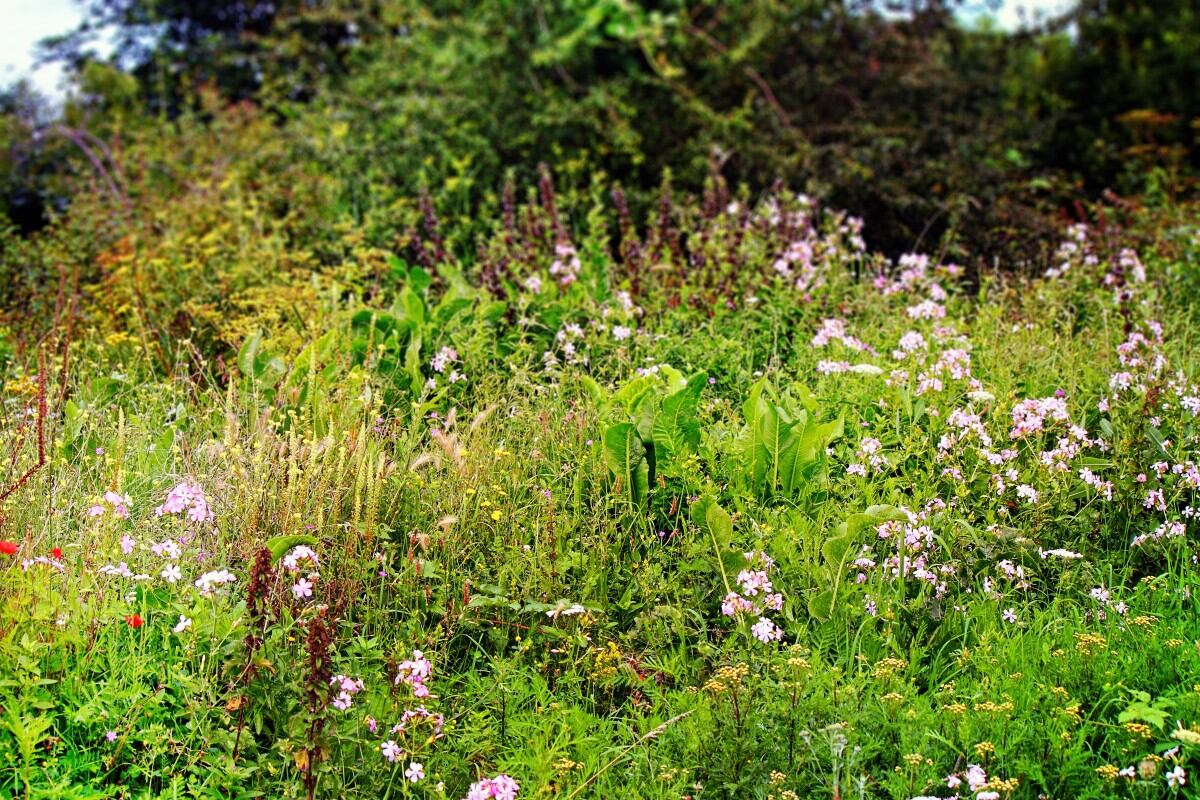

0 thoughts on “What Ca Native Wildflower Do Hummingbirds Live”